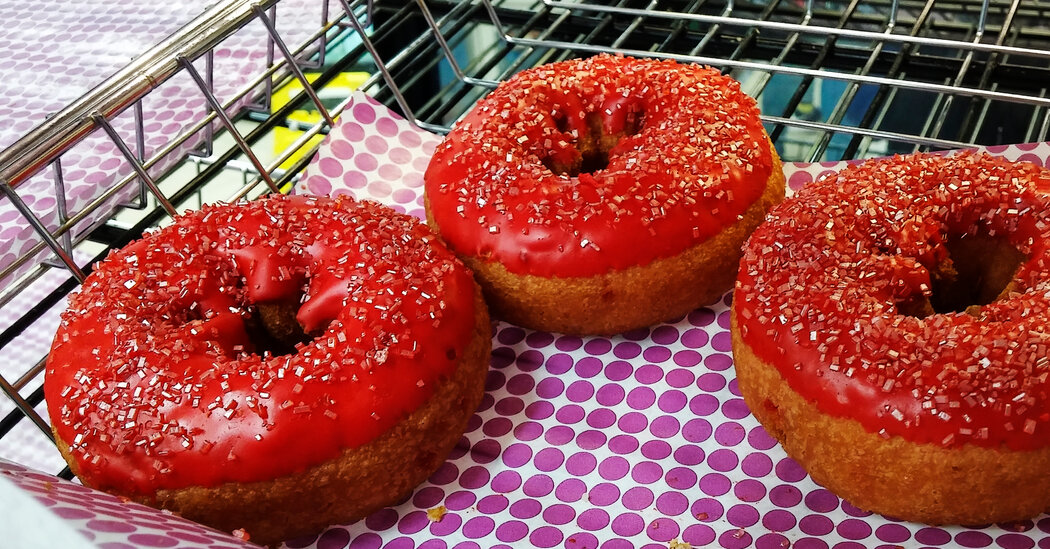What does the science say about its health effects? What foods will be affected? And other common questions about the newly banned additive.
For over a century, food and drug manufacturers have added a synthetic chemical to candies, pills, shakes and more to color them a vivid cherry red.
That will end soon. The Food and Drug Administration this week banned the use of Red Dye No. 3 in food, citing concerns that the common dye could cause cancer in rats. Drug manufacturers who use Red Dye No. 3 have until Jan. 18, 2028, to reformulate their products; food manufacturers have until Jan. 15, 2027.
“It’s a great first step for the U.S., but frankly we’re just really behind,” said Dr. Sheela Sathyanarayana, professor of pediatrics at the University of Washington who studies environmental exposures that affect children’s health. The European Union, Australia and New Zealand have banned most uses of Red Dye No. 3 in foods.
Here’s what to know.
Why did the F.D.A. ban Red Dye No. 3?
The F.D.A. first allowed food manufacturers to use Red Dye No. 3 in 1907. But in 1958, Congress passed a regulation that blocks the agency from approving food or color additives that can lead to cancer in animals or humans.
Scientists and public interest groups have raised concerns about the dye for decades. The F.D.A. even banned Red Dye No. 3 in cosmetics like lipsticks and drugs applied to the skin in 1990, after industry-funded research found that it led to thyroid cancer in rats. But it was still allowed to be used as an additive in food and drugs.
In 2022, several public interest groups petitioned the F.D.A. to revoke its authorization of Red Dye No. 3 and pointed to studies that showed male lab rats that were exposed to high levels of the chemical developed thyroid cancer.
